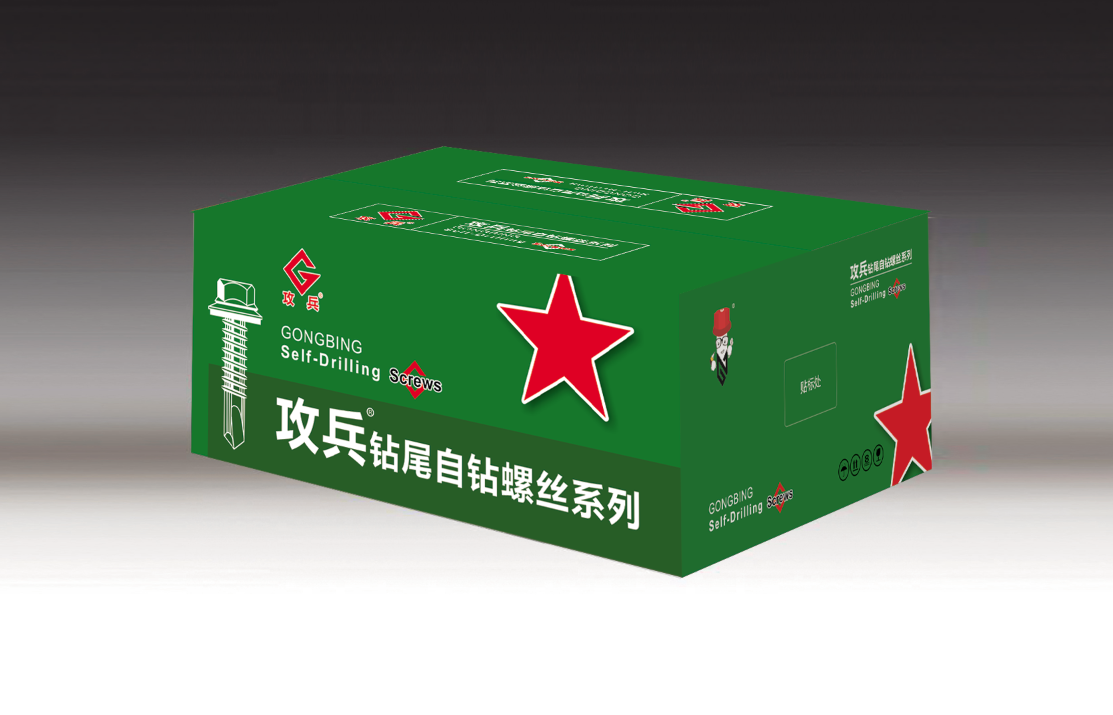Choosing the Right Floor Screws for Chipboard Installation and Durability
Understanding Chipboard Floor Screws The Essential Guide
When it comes to constructing solid and durable floors, selecting the appropriate fasteners is crucial. Among the many options available, chipboard floor screws stand out for their unique design and versatility. This article delves into what chipboard floor screws are, their benefits, and some best practices for their usage.
What are Chipboard Floor Screws?
Chipboard floor screws are specialized screws designed for securing chipboard flooring (also known as particle board) in place. These screws feature a coarse thread and a sharp point, making them ideal for cutting into the dense material of chipboard, providing a secure and tight fit. With sizes typically ranging from 25mm to 70mm in length, they accommodate various flooring thicknesses, ensuring optimal grip and stability.
Benefits of Chipboard Floor Screws
1. Enhanced Grip The coarse thread on chipboard screws allows for better engagement with the chipboard material. This design minimizes the risk of the screw pulling out over time, which is particularly important in high-traffic areas.
2. Reduced Pre-Drilling Unlike traditional wood screws, chipboard screws often eliminate the need for pre-drilling. Their sharp tips can penetrate the board easily, saving time during the installation process.
3. Resistance to Splitting Chipboard can sometimes split when fastened with standard screws, especially if over-tightened. The design of chipboard screws allows them to be driven in without causing damage to the material, ensuring a secure hold without compromising the integrity of the flooring.
4. Corrosion Resistance Many chipboard screws are treated with coatings that enhance their resistance to corrosion. This feature is essential for applications in areas prone to moisture, such as kitchens or bathrooms, ensuring the longevity of the flooring.
chipboard floor screws

5. Versatility While specifically designed for chipboard, these screws can also be used on other materials, including MDF and plywood, making them a versatile addition to your toolbox.
Best Practices for Using Chipboard Floor Screws
1. Choose the Right Screw Length It’s essential to select a screw length that appropriately suits the thickness of the chipboard being used. A good rule of thumb is to use screws that penetrate the chipboard by at least 20mm to ensure a secure hold.
2. Spacing Matters Proper spacing of screws is critical for enhancing the stability of the flooring. Screws should be placed approximately 300mm apart along the joists and edges. This spacing helps distribute weight evenly and reduces the likelihood of sagging or flexing.
3. Avoid Over-Torquing While chipboard screws can handle significant pressure, over-tightening can lead to damage. It’s advisable to drive screws until they are flush with the surface without sinking too deep into the material.
4. Use a Power Drill with Torque Control For optimal results, use a power drill equipped with torque control settings. This feature allows you to drive screws at the appropriate torque, preventing potential damage to the chipboard.
5. Consider Additional Support In larger flooring installations, consider adding support channels or braces between joists. This added reinforcement can drastically increase the flooring’s overall stability and longevity.
Conclusion
In conclusion, chipboard floor screws are an essential component of a stable and long-lasting flooring system. Their unique design and features make them suitable for various applications, ensuring that your chipboard flooring is secure and free from issues related to loosening or splitting. By following the best practices outlined above, you can maximize the effectiveness of these screws and enjoy a beautiful, durable floor for years to come. Whether you're a professional contractor or a DIY enthusiast, chipboard floor screws should undoubtedly be in your toolkit.
-
Weatherproof Plastic Expansion Anchors for OutdoorNewsJun.06,2025
-
Sustainability in the Supply Chain: Eco-Friendly TEK Screws ProductionNewsJun.06,2025
-
Load-Bearing Capacity of External Insulation FixingsNewsJun.06,2025
-
Double Head Bolts: Enhancing Efficiency in Industrial MachineryNewsJun.06,2025
-
Corrosion Resistance in Chipboard Screws: Coatings for Wholesale DurabilityNewsJun.06,2025
-
Butterfly Toggle Bolts : Enhancing Structural ResilienceNewsJun.06,2025
